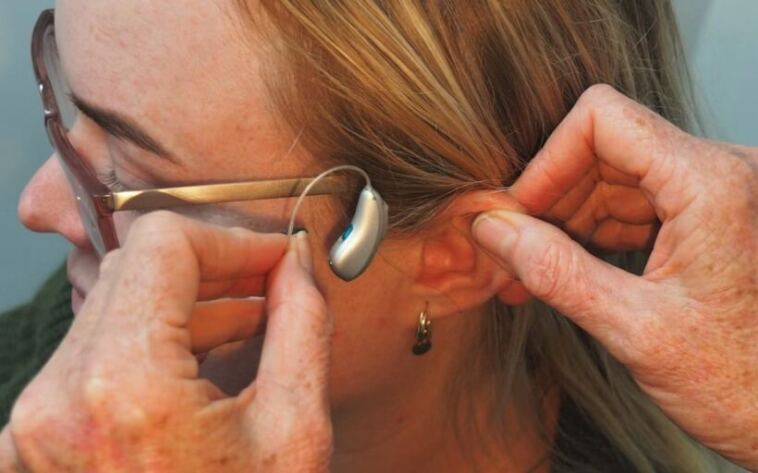- Like
- SHARE
- Digg
- Del
- Tumblr
- VKontakte
- Flattr
- Buffer
- Love This
- Save
- Odnoklassniki
- Meneame
- Blogger
- Amazon
- Yahoo Mail
- Gmail
- AOL
- Newsvine
- HackerNews
- Evernote
- MySpace
- Mail.ru
- Viadeo
- Line
- Comments
- Yummly
- SMS
- Viber
- Telegram
- JOIN
- Skype
- Facebook Messenger
- Kakao
- LiveJournal
- Yammer
- Edgar
- Fintel
- Mix
- Instapaper
- Copy Link
Introduction
More than 430 million people worldwide are already suffering from hearing loss, and the numbers are projected to increase to roughly 711 million by 2050. You shouldn’t feel alone.
Excessive exposure to loud music and older age are among the leading causes. Hearing loss can also be hereditary. The good news is audiologists have suggested several simple hearing exercises to help boost hearing care.
Here are the top five worth trying…
Top 5 Exercises That May Improve Your Hearing Health
1. Yoga Exercises
Doing daily physical exercises helps boost blood circulation in your brain and ears, improving nerve functions and eliminating toxins and wastes from the body. One of the best physical exercises for strengthening hearing is yoga.
This exercise blends the health benefits of a good workout and the relaxation of meditation to help you attain and maintain a typical human hearing frequency range. Yoga also helps control tinnitus and other health issues and provides a lifetime of good health.
2. Meditation
Anxiety and stress can pose negative impacts on the brain, affecting your hearing. Through meditation, you can boost your brain’s ability to encode sounds as well as detect sounds among background noises. It also helps the neural activity detect and better process even the softest sounds.
You can meditate in a crowded park or public area with a cacophony of noises. When meditating, close your eyes, take deep breaths, and slowly exhale. This will boost oxygen intake and blood circulation.
Try to identify and focus on individual sounds like a jingling bell or a hooting sound and exclude the sound from others to concentrate on it alone. With your eyes still closed, try to locate where the sound is generating from. Consider repeating this process for all the sound types as much as you can.
3. Sound Therapy
Music is indeed medicine for the soul, mind, and the ear. Sound therapy is part of the gym workouts that exercise the ear muscles, auditory pathway, cilia, and cortex. This workout also exercises the auditory muscles to promote natural hearing.
During sound therapy, you can use both high and low sound frequencies to improve the tone and flexibility of certain muscles, like the tensor tympani. This enables these muscles to recognize different sound frequencies, including those that have never reached your ear.
For instance, If you are a patient who has sensorineural hearing loss, you may have flattened cilia. In this case, you can use high-frequency sounds to stimulate and restore these cilia to their upright position.
4. Sound Focus Exercise
You can maintain your hearing health by simply practicing hearing. Get two different sound sources and place them in different room parts. Increase the volume of the two sound sources to make a noisy but hearing-safe environment. Tell a friend or family member to move around the area reading a text. While closing your eyes, repeat the text sentence by sentence as you try to identify where the person is reading from.
5. Solve Puzzles
Although the ears receive the sounds, the brain does a great job processing all the sound information you hear. You can exercise the brain by solving various puzzles, such as word searches, Sudoku, and crossword puzzles. This will not only help keep the brain juices flowing but also prevent brain atrophy and keep the brain in good health. Other great brain workouts include playing card games and bingo with friends and family.
The Bottom Line
You shouldn’t lose hope even if you are already experiencing hearing problems. This is the perfect time to start your hearing exercises as you consult widely with an audiologist and ENT specialist. If you have hearing devices, use them effectively to maximize sound reception.
About Theresa Duncan
Originally from Detroit, MI, Theresa has been offering health and fitness advice for the last 30 years while working as an engineer. She decided to turn her passion into a profession, and finds nothing more satisfying than helping others reach their health and fitness goals.

